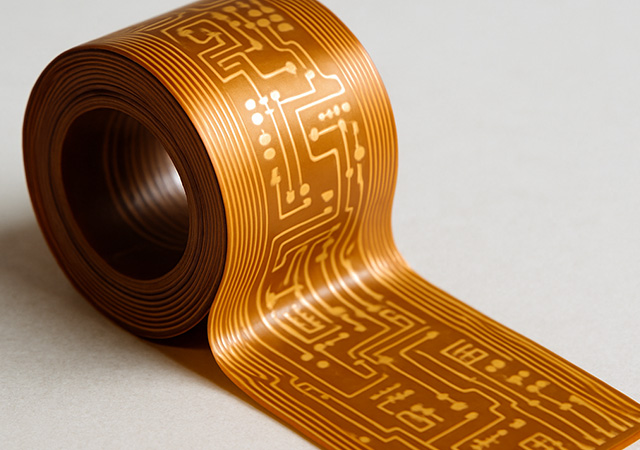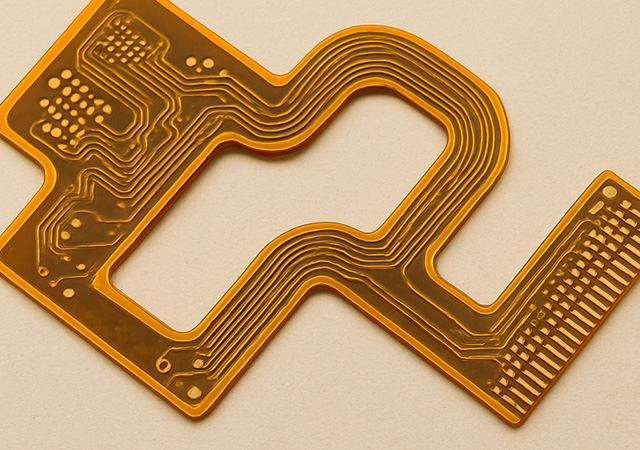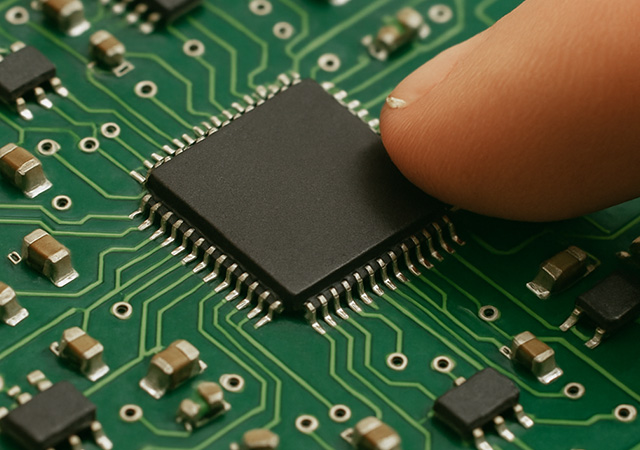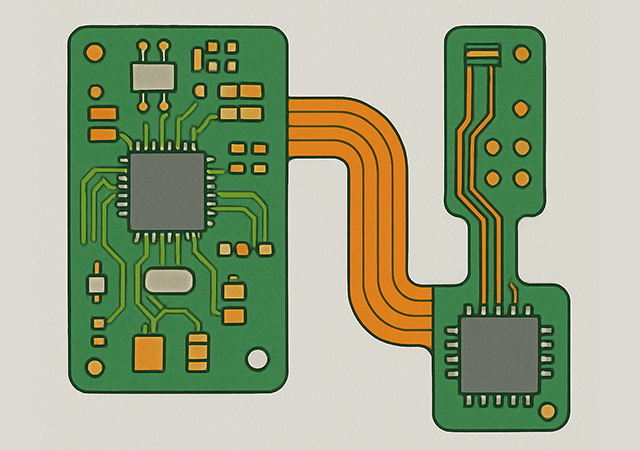-
- PCB TYPE
- PRINTED CIRCUIT BOARD PROTOTYPE ALUMINUM PRINTED CIRCUIT BOARD R&F PCB FPC HIGH FREQUENCY PCB HIGH-TG PCB HEAVY COPPER PCB HDI PCB PCB FOR LIGHTING METAL CORE PCB

Discover how roll-to-roll flexible PCB manufacturing revolutionizes electronics with efficient, scalable production of flexible circuit boards.

Discover the benefits of polyimide flexible circuit boards, offering unmatched flexibility, durability, and efficiency for modern electronics.

Choose the best PCB manufacturer for your project with our guide. Learn key selection factors, including quality, experience, and timely PCB assembly.

Discover the benefits of rigid-flex PCBs in electronics, offering enhanced design versatility, reduced weight, and increased reliability for advanced PCB design and manufacturing.

Discover how automotive rigid flex PCB design revolutionizes automotive electronics with enhanced durability, compactness, and performance for modern vehicles.

Got project ready to assembly? Contact us: info@apollopcb.com



We're not around but we still want to hear from you! Leave us a note:

Leave Message to APOLLOPCB
